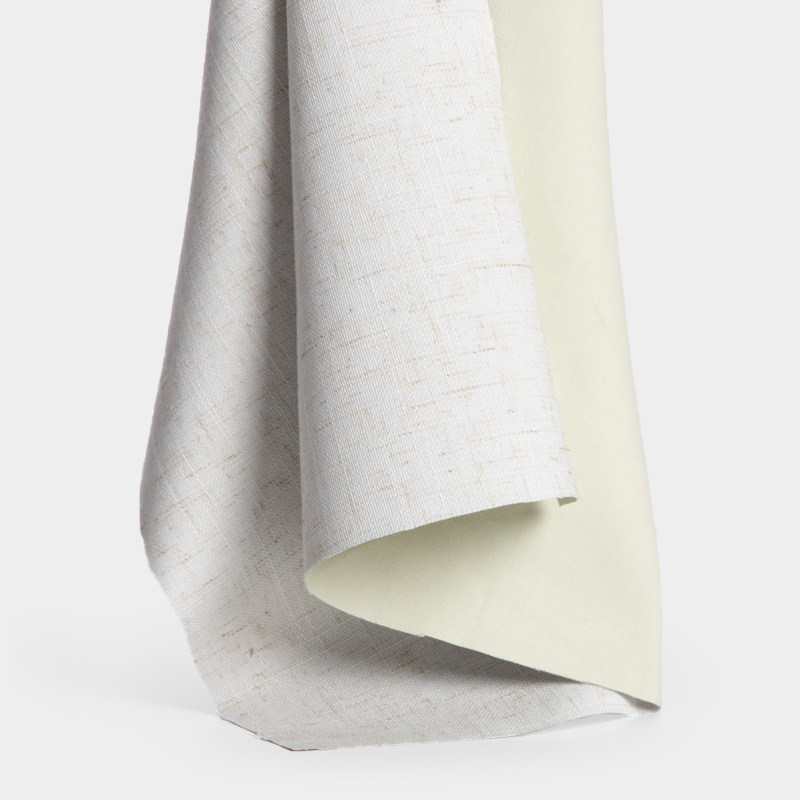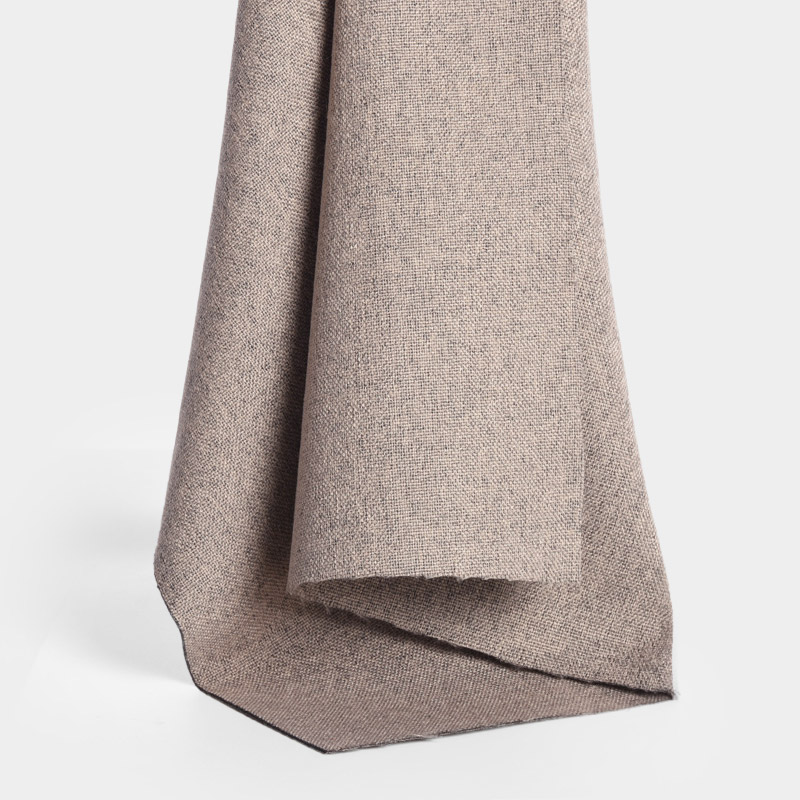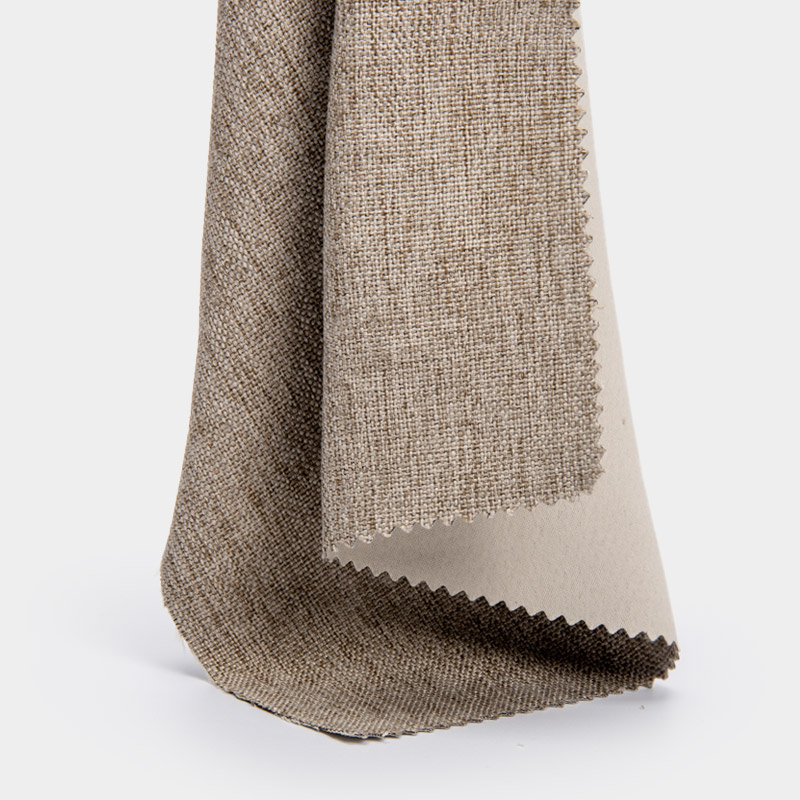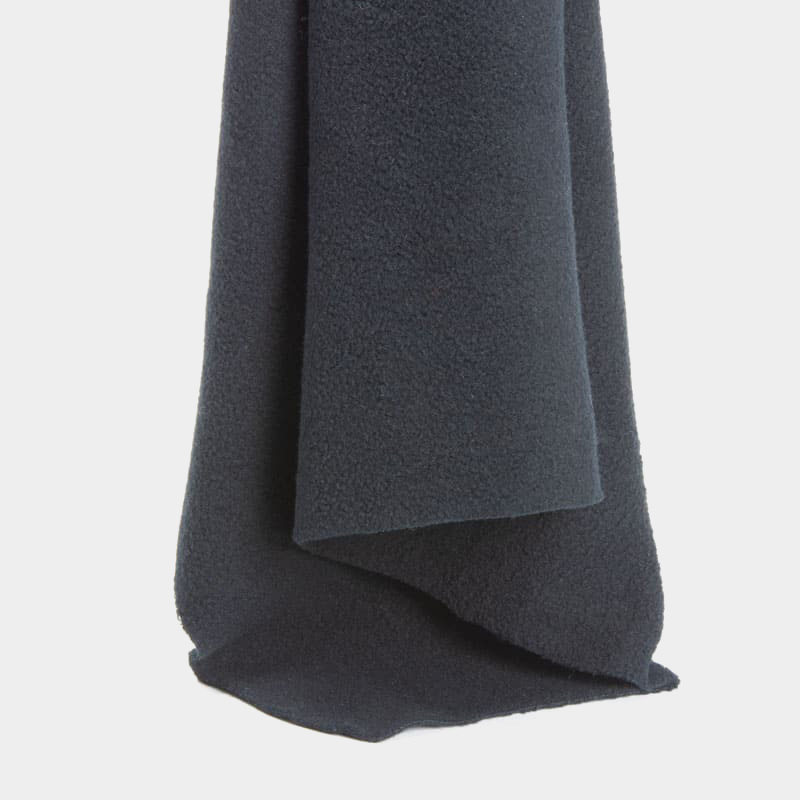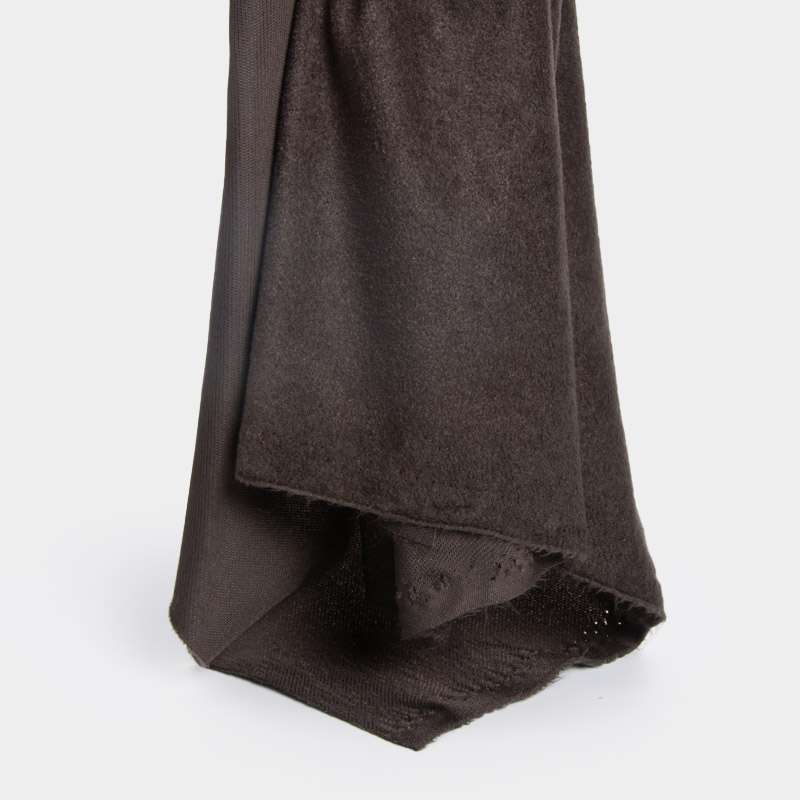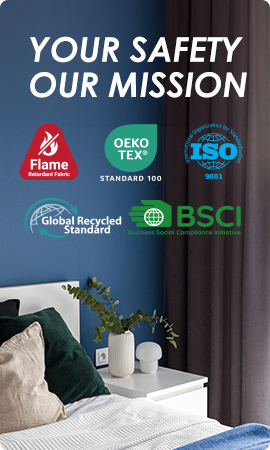Flame Retardant Clothing for Workplace Safety: A Complete Guide to Protection & Compliance

Choosing the Right Materials
Materials with Excellent Fire-Resistant Properties
Flame retardant clothing is crafted using materials designed to resist ignition and inhibit the spread of flames. The choice of fabric is critical in ensuring the safety and effectiveness of such garments. Commonly used materials include inherently flame-resistant fibers like aramids, modacrylics, and blends that incorporate these fibers. These fabrics do not melt or drip when exposed to high temperatures, providing superior protection in hazardous environments. Additionally, treated cotton fabrics are widely utilized as they combine comfort with enhanced fire resistance through chemical treatments.
Materials with Additional Functionalities
Flame retardant clothing often goes beyond flame resistance fabric by incorporating additional functionalities that enhance its utility and safety.
Anti-Static Properties
In environments where static electricity poses a risk, such as those involving flammable gases or dust, anti-static properties are essential. Flame retardant clothing can be engineered with conductive fibers or coatings that dissipate static charges, reducing the likelihood of sparks that could ignite fires.
Water and Chemical Resistance
For workers exposed to harsh conditions, water and chemical resistance are vital features in flame retardant clothing. These garments are treated or laminated with protective layers to repel liquids and prevent harmful chemicals from permeating the fabric. This added protection ensures durability and safety in challenging work environments. You can check more about waterproof property in our blog: What Fabrics Are Both Flame Retardant And Waterproof?
Ensuring Appropriate Structure and Protection Levels
Structural Design Features
The structural design of flame retardant clothing plays a crucial role in its effectiveness and user safety.
Close-Fit Design for Safety
A close-fit design minimizes loose ends that could catch fire or get entangled in machinery. This feature is particularly important for workers operating in high-risk areas where precision and mobility are essential.
Reflective Markings for Visibility
Visibility is another critical aspect of workplace safety, especially in low-light conditions. Flame retardant clothing often includes reflective markings strategically placed on the garment to enhance visibility, ensuring workers can be easily seen by their peers or vehicles.
Selecting the Proper Protection Level
The level of protection offered by flame retardant clothing must align with the specific hazards present in the workplace.
Standards for High-Temperature Workwear (ISO 11612)
ISO 11612 outlines requirements for protective clothing designed to shield workers from heat and flames. Garments meeting this standard provide protection against brief contact with flames, radiant heat, convective heat, molten metal splashes, and more. Employers should ensure compliance with ISO 11612 when selecting workwear for environments involving moderate heat exposure.
Standards for Firefighting/Extreme Heat Workwear (EN469, NFPA 2112)
For extreme heat conditions like firefighting or industrial applications involving open flames, compliance with EN469 or NFPA 2112 standards is imperative. These standards specify rigorous testing criteria to ensure garments offer maximum thermal protection while maintaining durability under intense conditions.
In different areas, standards are different too, you can check below blank to find out the standard you need.
| Industry/Application | Applicable Standard(s) | Key Requirements/Scope |
| General High-Temperature Operations (e.g., metallurgy, foundries, welding) | EN ISO 11612:2015 | Protects against heat and flame (excluding firefighting and welding-specific suits). Tests include flame spread, convective/radiant heat resistance, and molten metal splash resistance. |
| Firefighting | EN 469:2020 | Full structural firefighting suits with heat/flame resistance, waterproofing, and mechanical durability. Includes protection against radiant heat and steam. |
| Firefighting (US/International) | NFPA 2112:2018 | Flame-resistant clothing for industrial workers exposed to flash fires (e.g., oil/gas, chemical industries). Includes arc flash protection for electrical hazards. |
| Electrical Utilities | EN ISO 11612 + NFPA 2112 | Dual compliance for protection against heat/flame (EN ISO 11612) and arc flash hazards (NFPA 2112). |
| Industrial Heat Treatment | EN ISO 11612:2015 | Protection for workers exposed to steam, hot surfaces, or radiant heat (e.g., furnaces, boilers). |
| Oil & Gas Industry | NFPA 2112:2018 | Flame-resistant clothing for flash fire risks in drilling, refining, and petrochemical operations. |
| Emergency Rescue | EN 469:2020 | Heat and flame protection for rescue operations in high-temperature environments (e.g., building fires, vehicle accidents). |
Prioritizing Comfort in Flame Retardant Clothing
Breathability and Heat Dissipation
Comfort is a key consideration in designing flame retardant clothing. Breathable fabrics allow air circulation, preventing overheating during prolonged use. Effective moisture-wicking properties further enhance comfort by drawing sweat away from the skin, keeping workers dry even in demanding environments.
Flexibility and Fit Adaptability
Flexibility is essential for unrestricted movement during physically demanding tasks. Modern flame retardant clothing incorporates stretchable materials or ergonomic designs that adapt to various body types while maintaining a secure fit. Adjustable closures and elasticized elements further contribute to a personalized fit, enhancing both comfort and functionality.
By understanding these aspects of flame retardant clothing—material selection, structural design features, protection levels, and comfort—employers can make informed decisions to safeguard their workforce effectively while ensuring compliance with industry standards.
Easy Maintenance and Durability of Flame Retardant Clothing
Stain Resistance
Flame retardant clothing is often subjected to challenging environments where exposure to dirt, grease, and other stains is unavoidable. To address this, many flame retardant fabrics are treated with stain-resistant finishes. These finishes create a barrier on the fabric’s surface, preventing contaminants from penetrating the fibers. This not only keeps the garments looking cleaner for longer but also reduces the frequency of washing, which helps maintain their fire-resistant properties over time.
The stain resistance feature is particularly important in industries such as oil and gas, manufacturing, and firefighting, where workers frequently come into contact with hazardous substances. By repelling stains effectively, flame retardant clothing ensures that workers maintain a professional appearance while benefiting from enhanced safety.
Washability and Longevity
The washability of flame retardant clothing is a critical factor in its maintenance. High-quality flame retardant garments are designed to withstand multiple wash cycles without compromising their protective features. This durability is achieved through advanced textile engineering and the use of robust materials that retain their fire-resistant properties even after repeated laundering.
Proper care instructions are essential to extend the lifespan of these garments. For instance, avoiding harsh detergents or bleach can prevent damage to the fabric’s protective coatings. Additionally, industrial laundering processes tailored for flame retardant clothing ensure thorough cleaning while preserving its functionality.
Longevity is another key aspect of flame retardant clothing. The combination of durable materials and meticulous construction techniques ensures that these garments provide reliable protection over extended periods. This makes them a cost-effective solution for employers seeking long-term safety investments for their workforce.
Abrasion Resistance
Work environments that demand physical labor often subject clothing to wear and tear. Flame retardant clothing addresses this challenge by incorporating abrasion-resistant properties into its design. Fabrics used in these garments are engineered to resist fraying, tearing, and other forms of mechanical damage caused by rough surfaces or frequent movement.
Abrasion resistance not only enhances the durability of flame retardant clothing but also contributes to worker safety by maintaining the integrity of the protective barrier. This feature is particularly valuable in industries such as construction, mining, and heavy machinery operation, where robust workwear is essential for both comfort and protection.
Why Choose BEGOODTEX Flame Retardant Clothing?
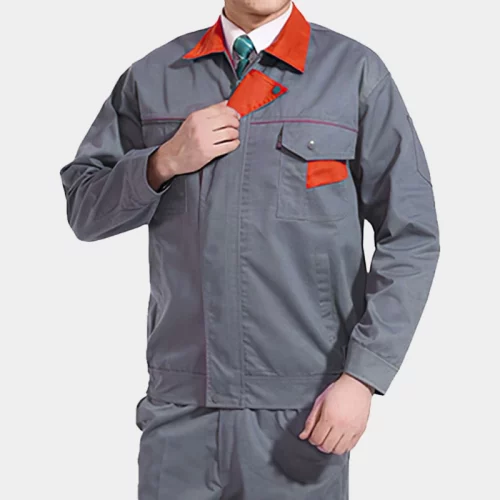
Fire Resistance Features
BEGOODTEX flame retardant clothing stands out for its exceptional fire resistance capabilities. These garments are crafted using advanced materials that meet stringent safety standards, ensuring reliable protection against flames and heat exposure. The fabrics used in BEGOODTEX products do not melt or drip when exposed to high temperatures, minimizing the risk of burns or injuries in hazardous environments.
Additionally, BEGOODTEX offers a range of options tailored to specific industry needs. Whether it’s compliance with ISO 11612 for moderate heat exposure or adherence to EN469/NFPA 2112 standards for extreme conditions like firefighting, BEGOODTEX provides solutions that prioritize worker safety without compromising on comfort or functionality.
Antibacterial Properties
In addition to fire resistance, BEGOODTEX flame retardant clothing incorporates antibacterial properties that enhance hygiene and comfort. These garments are treated with antimicrobial agents that inhibit the growth of bacteria and fungi on the fabric’s surface. This feature is particularly beneficial in industries where workers face prolonged exposure to sweat or humid conditions.
Antibacterial properties reduce unpleasant odors and prevent skin irritations caused by microbial buildup. By promoting cleanliness and comfort, BEGOODTEX ensures that workers can focus on their tasks without distractions related to hygiene concerns.
Water Resistance Benefits
BEGOODTEX flame retardant clothing also offers water resistance benefits that add an extra layer of protection in challenging work environments. Water-resistant finishes repel liquids effectively, preventing them from soaking into the fabric. This feature is crucial for workers exposed to rain, splashes from chemicals, or other liquid hazards.
Water resistance not only keeps workers dry but also prevents harmful substances from penetrating the garment and coming into contact with the skin. By combining water resistance with fire-resistant properties, BEGOODTEX delivers versatile workwear solutions that address multiple safety requirements simultaneously.
Flame retardant clothing plays a vital role in workplace safety by providing reliable protection against fire hazards while offering additional functionalities such as stain resistance, washability, abrasion resistance, antibacterial properties, and water resistance benefits. Employers seeking high-quality solutions should consider trusted brands like BEGOODTEX to ensure compliance with industry standards and safeguard their workforce effectively.
FAQ
Q: What are the key market growth drivers for flame retardant clothing?
A: Global demand: The flame retardant clothing market is projected to grow at a CAGR of 5.2% (2023–2030), driven by stringent workplace safety regulations and rising industrialization in Asia-Pacific.
Product diversification: Over 9,317 flame retardant shirt clothing variants are available on global platforms like Alibaba, catering to industries like healthcare, firefighting, and manufacturing.
Q: How are material innovations shaping the industry?
A: Eco-friendly solutions: Demand for halogen-free, low-smoke, and non-toxic flame retardants (e.g., zinc borate, phosphorus-based compounds) is rising due to environmental regulations.
Performance advancements: Reactive flame retardants (e.g., phosphorus-based) now offer 3x higher efficiency by combining gas-phase inhibition and char formation.
Meta Key Word: flame retardant clothing
Meta Title: How to find right flame retardant clothing? check what is it made of
Meta description: what to ensure workplace safety with flame retardant clothing? appropriate structural designs, protection levels according to ISO 11612, EN469, NFPA 2112

